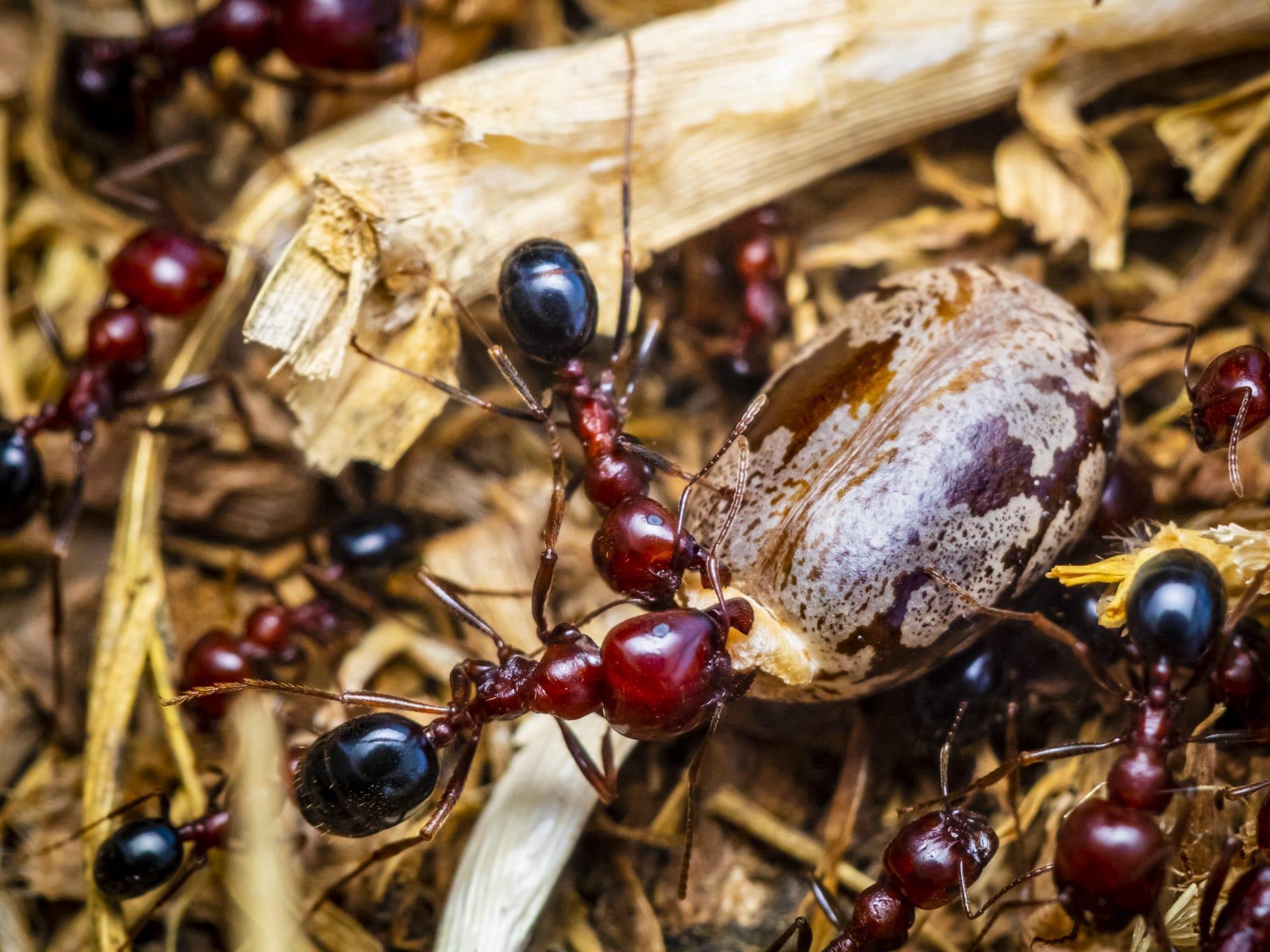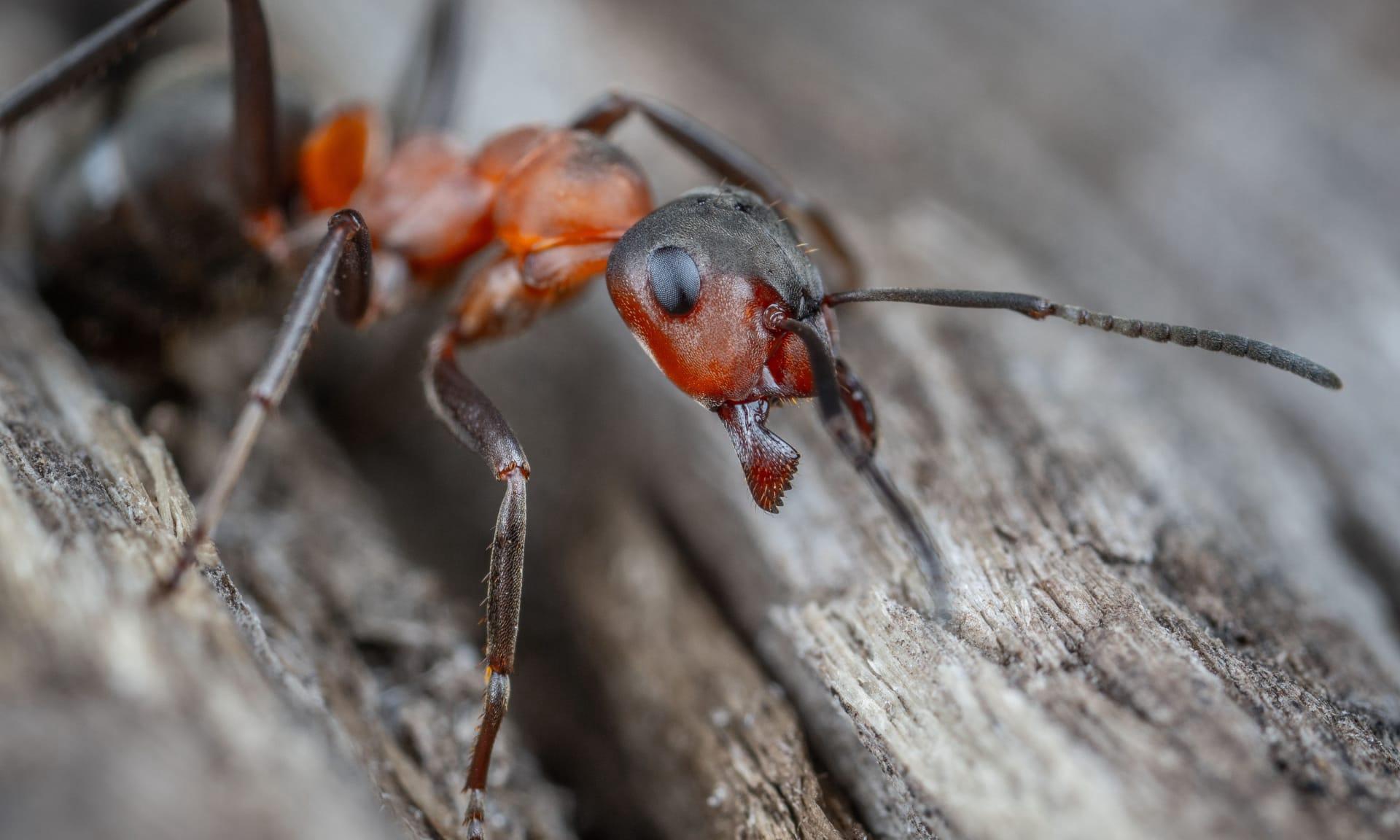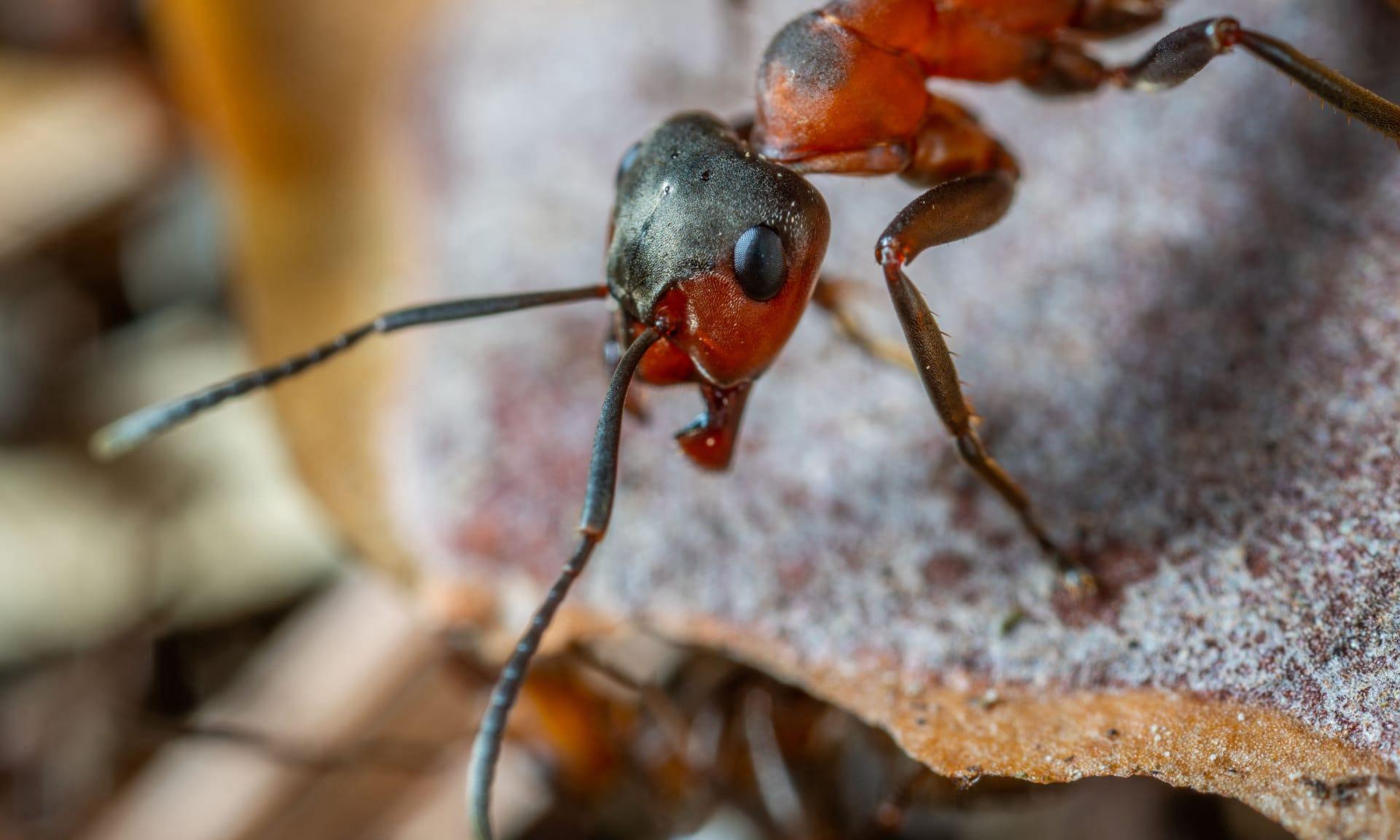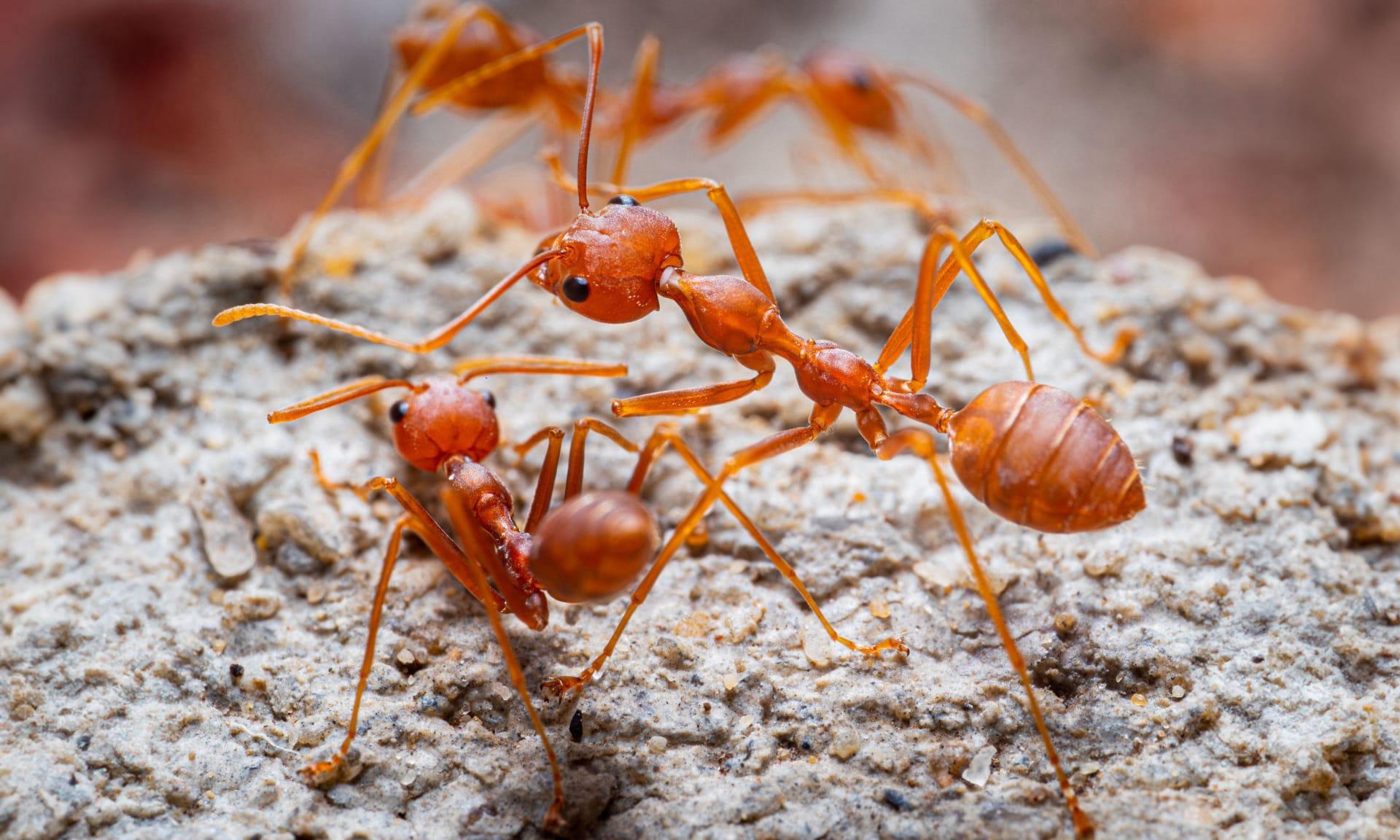1
Fire ants, known scientifically as Solenopsis spp, are not only notorious for their painful sting but also for their remarkable engineering skills. These tiny architects can build large mounds, sometimes reaching up to 18 inches in height and 30 inches in diameter. What's truly fascinating is that these mounds are not just piles of dirt; they are complex structures with an intricate network of tunnels and chambers, maintaining a stable internal environment regardless of the external weather conditions.
Another intriguing fact about fire ants is their ability to survive floods. When faced with rising waters, they form a living raft by linking their bodies together, creating a buoyant and waterproof platform. This survival strategy is a testament to their incredible teamwork and adaptability. The ant raft can stay afloat for weeks, carrying the entire colony, including the queen and larvae. Scientists have observed these rafts floating for over a mile, showcasing their resilience in extreme conditions.

2
Fire ants possess a unique venom that sets them apart from many other ant species. This venom contains over 46 different proteins and is primarily used for defense. When a fire ant bites, it injects this venom into its victim, causing intense pain and a burning sensation, hence the name "fire ant." The venom is so potent that it can cause allergic reactions in some people, and in rare cases, it can be life-threatening.
Interestingly, fire ants are also adept farmers, particularly of aphids. They protect and care for these tiny insects, which produce a sweet substance known as honeydew that the ants love to eat. In return, aphids get protection from predators and a steady supply of food from the ants' farmed plants. This symbiotic relationship highlights the fire ants' complex and strategic approach to survival, demonstrating their ability to engage in mutualistic relationships with other species for mutual benefit.

3
Fire ants are known for their aggressive behavior and territorial nature. A single fire ant colony can house up to 250,000 workers. These workers are highly organized and will vigorously defend their territory against intruders. Their coordinated attacks involve swarming and repeatedly stinging the intruder, releasing pheromones to call more ants to the battle. This aggressive defense mechanism is why fire ants are often considered a nuisance, especially in residential areas.
Another fascinating aspect of fire ants is their ability to regulate the internal temperature of their nests. Despite external weather fluctuations, fire ants can maintain a relatively stable temperature within their mounds. They achieve this by adjusting the depth of their underground chambers and the mound's size. During cooler temperatures, they move closer to the surface to absorb heat, and in hotter conditions, they dig deeper to find cooler ground. This natural form of air conditioning ensures the survival and comfort of the colony throughout various climates.

4
Fire ants have a highly efficient communication system based on pheromones. These chemical signals are used for various purposes, such as marking trails to food sources, indicating danger, or rallying ants for an attack. Each pheromone has a specific meaning, and ants can detect these subtle chemical cues with remarkable precision. This communication method is key to their success as a highly organized and cooperative species.
When it comes to reproduction, fire ants have a unique mating ritual. The colony produces winged males and females, known as alates, which participate in a synchronized nuptial flight. During this flight, the queens mate with males in mid-air and store the sperm for future use. After mating, the male ants die, and the fertilized queens land to start new colonies. This mating process ensures genetic diversity and the spread of the species across various territories.

5
Fire ants are not native to North America. They were accidentally introduced to the United States from South America in the 1930s. Since their arrival, they have spread to many parts of the country, primarily in the southern states. Their introduction has had significant ecological impacts, including the displacement of native ant species and affecting local biodiversity.
An extraordinary fact about fire ants is their impact on electrical equipment. They are attracted to electrical currents and can cause short circuits in machinery. Fire ants have been known to infest air conditioners, traffic signal boxes, and even airport runway lights, leading to costly repairs and maintenance. Their preference for electrical equipment is still a subject of study, but it's believed that the warmth and magnetic fields attract them.